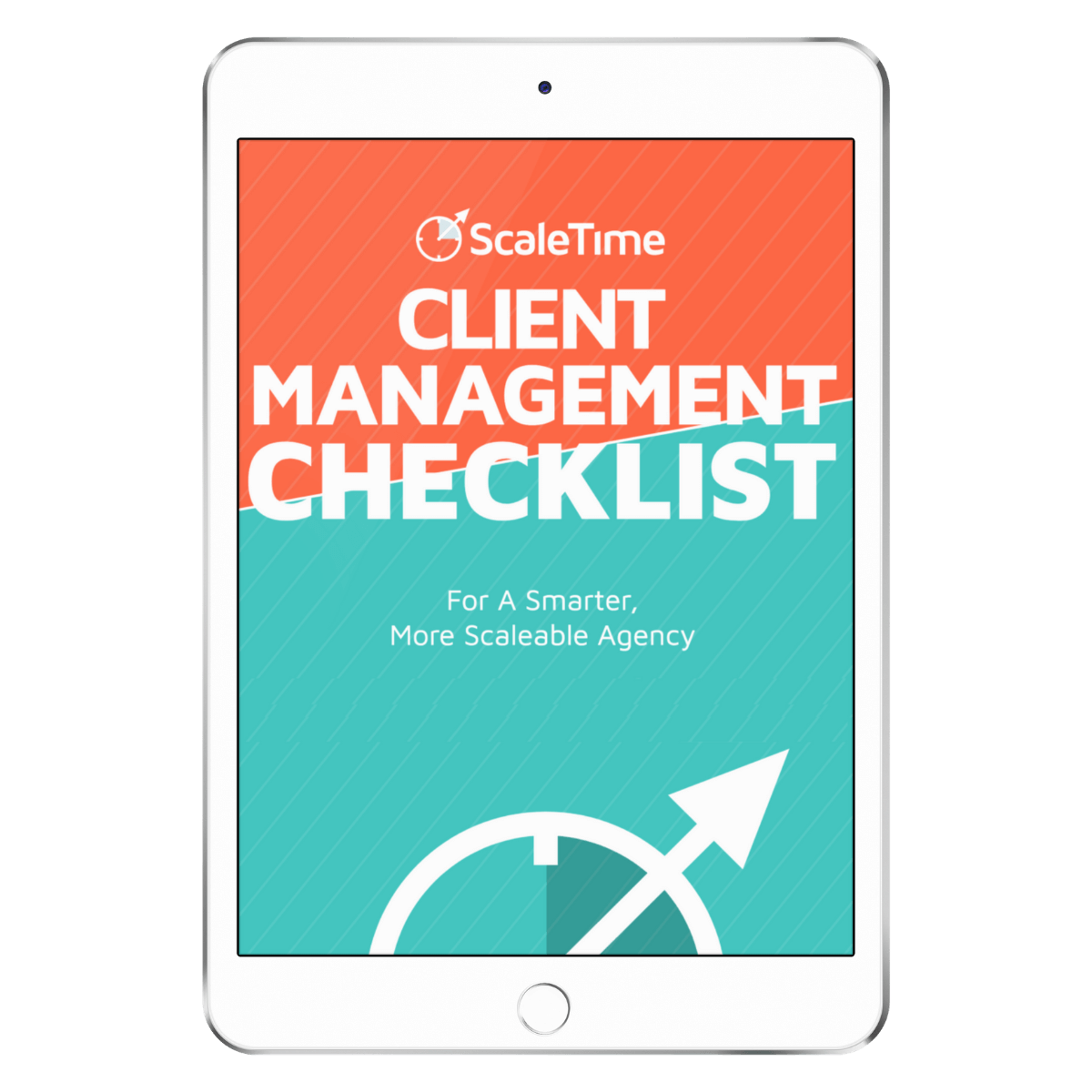
Employees are the engine that power your business success. But business owners often underestimate the cost of a new team member.
So what are those costs? Roughly 30% of that person’s first-year salary.
Make a bad hire, and those costs will skyrocket.
74% of surveyed businesses have made the mistake of hiring the wrong person for the job. So if this is a misstep you’ve made, you’re not alone.
So don’t feel too down about it. Tomorrow’s another day and this is something we can fix so you never make the same mistake again.
An airtight hiring and onboarding process is critical for your agency’s bottom line and will keep the wrong candidates out of your system.
With the right hiring and onboarding KPIs, you’ll improve the quality of the hire while streamlining the hiring process.
These KPIs will work for both in-person and remote hiring. Let’s break them down.
How Putting Aces in Their Places Benefits Your Agency
Introverts make great front desk receptionists! No, no, they don’t.
Bad hires can sap your team’s productivity and performance. They also risk legal fees for unlawful termination.
You want to make sure you have the right person for a position. Otherwise, the costs of a bad hire will eat into your revenue stream.
Here are just a few of the benefits hiring the right person for the job for your agency:
- Decrease the time and expense of training
- Improve employee morale
- Increase retention rates
- Make customers happy with better customer service
Using KPIs for onboarding and hiring will also reduce the costs of reviewing resumes, recruitment fees, and time spent interviewing.
Time to Hire KPI
Recruiters and hiring managers, listen up:
If you’re going to master any of these KPIs, make this one a top priority.
How come? Because the time to hire KPI helps you:
- Optimize your application process
- Protect your company’s productivity, revenue, and brand image
- Ensure that you’re interviewing only the top candidates
On average, and depending on the industry, time to hire can take anywhere from 14 to 63 days.
Let’s think about this for a hot minute. You’ve got an exciting, well-paid position available that you want to fill asap.
Your job ad is drool-worthy and laser-targeted to your ideal candidate. It’s being advertised freaking everywhere.
So, who do you think is going to jump at the chance to apply and try to snag this top-notch position first?
Hint: it won’t be the forks when all you need is a knife.
Your best candidates are going to apply early in the process. Take too long to hire and have a lengthy hiring process, and your best and brightest will drop out.
What’s left? A pool of mediocre candidates that, if you hire, can hurt your brand image and productivity. Ugh. That’s some rain on your wedding day.
If you notice a lot of candidates starting an application but not finishing, then you might need to tweak your application and hiring process.
Time to Hire = Date of Hire – Date Candidate Enters the Pipeline
Quality of Hire KPI
Ensure that your new employees have A’s across their employee scorecard with the quality of hire KPI.
To measure this KPI, you’ll need to go through your retention and performance data.
You’ll also want to measure how your new hires fit in with the company.
Are you experiencing new hires leaving within the first six months? Then you’re probably screening for the wrong traits.
Also, this KPI can help you determine where you’ve found your best hires, like social media, job boards, or references.
(Performance + Productivity + Retention) / N = Quality of Hire
Measuring Time to Productivity
Time to productivity measures how long it takes for a new hire to meet performance level expectations. Setting a KPI here will help you uncover any cracks in your onboarding process.
The exact KPI you set to measure time to productivity will vary across teams. But suffice it to say, it shouldn’t differ too much from one person to the next within a particular group.
Keep These Marketing Agency Hiring and Onboarding Best Practices in Mind
Before you start measuring your KPIs for growth, take the following action steps:
- Be consistent — Use the same onboarding process for each new hire. Consistency will make it easier to extract meaningful data from the hiring process.
- Be warm — During the hiring process, candidates are looking at your agency with a sharp eye, wondering if they’re making the right choice. Make candidates feel welcome during the onboarding process so they won’t feel unappreciated and bail.
- Think of it as a relationship — Think it’s done and over after hiring? Not so. Guide your new hires and develop them after the onboarding process is done. This will help them stay engaged and feel appreciated enough to stay with you for the long haul.
Is the hiring process an exercise in frustration for you?
Get some of your time back with our free Hiring Hacks Guide. And keep these hiring and onboarding KPIs in mind when you’re ready to add a new member to your team.





















%20(1).gif)
